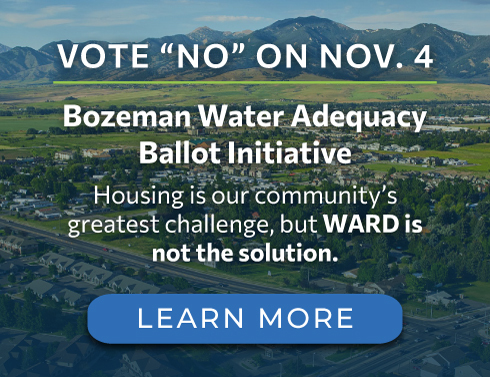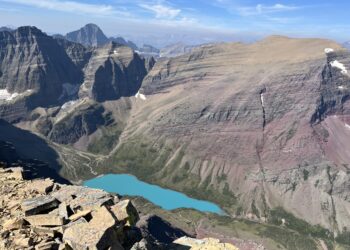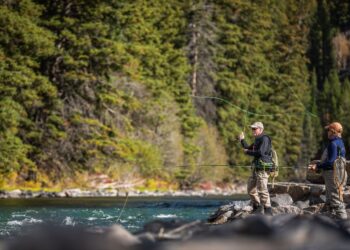By Gary Wockner WRITERS ON THE RANGE

You’d think the Earth shook recently when the three states of California, Arizona and Nevada announced they’d reached a deal with the federal government about how to manage the drought-stricken Colorado River. It felt like a replay of President George W. Bush’s “Mission Accomplished” speech.
Because within 24 hours, a more jaundiced—and realistic—picture emerged.
For starters, the Colorado River has not been saved. Bureau of Reclamation Commissioner Camille Touton told a U.S. Senate subcommittee last year that 2 to 4 million acre-feet of water per year had to be permanently conserved in the river to protect the Colorado River system.
But this new deal amounts to conserving just 1 million acre-feet of water per year for the next three years. That makes only a tiny blip in the perilously low water levels at Lake Mead and Lake Powell reservoirs. And Glen Canyon Dam — the doomed dam that should’ve never been built, and which is partly the cause of the crisis — gets “saved” for at least three more years.
Moreover, the Lower Basin farmers and cities reaching the agreement had to get paid to reach it. The administration said that 2.3 million of those lost three million acre-feet of water will be “compensated” by the federal taxpayer through the Inflation Reduction Act. News reports suggest this particular inflation reduction could cost U.S. taxpayers $1.2 billion.
What helped push the river to the brink of collapse was those exact same farmers and cities, who have taken more water out of the river than the river could provide, given the region’s extended drought. Now, the Biden administration is paying them to stop doing what they should have corrected on their own.
The agreement also does nothing to address over 20 proposed new dams, diversions and pipelines in the states of Colorado, Utah, Wyoming and New Mexico. Those withdrawals from the Colorado would drain even more water out of the dwindling river, totaling about 500,000 acre-feet per year.
So at the same time that the federal government is paying farmers in southern California not to farm, it’s not acting to block permits in the Upper Basin that would further drain the river, thus probably requiring more payments to farmers to not farm.
The flow of water through the depleted Grand Canyon also does not improve as compared to the last two decades.The ecological health of the river in Grand Canyon has been eviscerated and this deal keeps eviscerating it.
Endangered fish will continue to struggle on life support, maintained only by a “forever” breeding and stocking program. The flow of water into Mexico and down to the Sea of Cortez will continue to be so minimal that the river never meets the Sea.
As for Lake Powell, its vaunted salvation over the next three years is merely a stopgap.
What this deal does do is set the precedent that the American taxpayer will backfill any and every financial loss caused by a changing climate. It has been estimated that the Colorado River’s water generates $1.4 trillion in economic activity per year. As climate change further depletes the river, will the U.S. taxpayer always be on the hook?
This so-called historic agreement offers little that is sustainable, equitable or environmentally sound. It’s more a historic boondoggle — one that merely kicks the can down the road.
Gary Wockner is a contributor to Writers on the Range, writersontherange.org, an independent nonprofit dedicated to spurring lively conversation about the West. He leads the Save the Colorado nonprofit.














